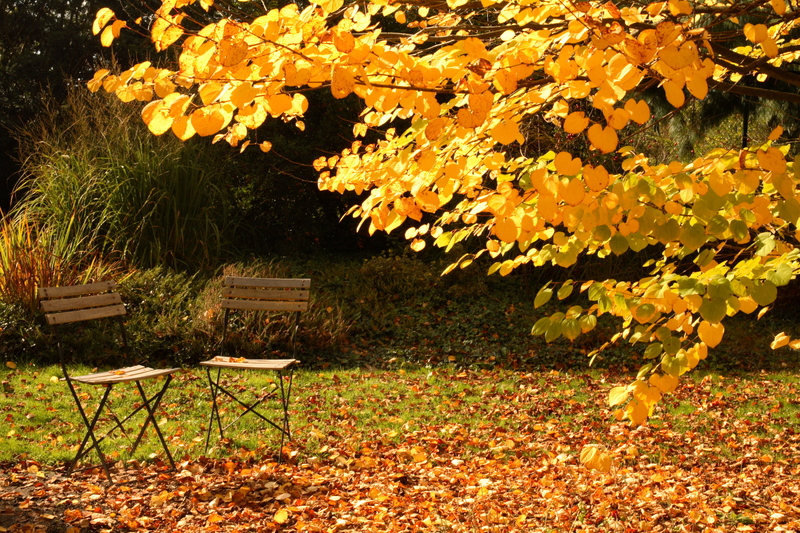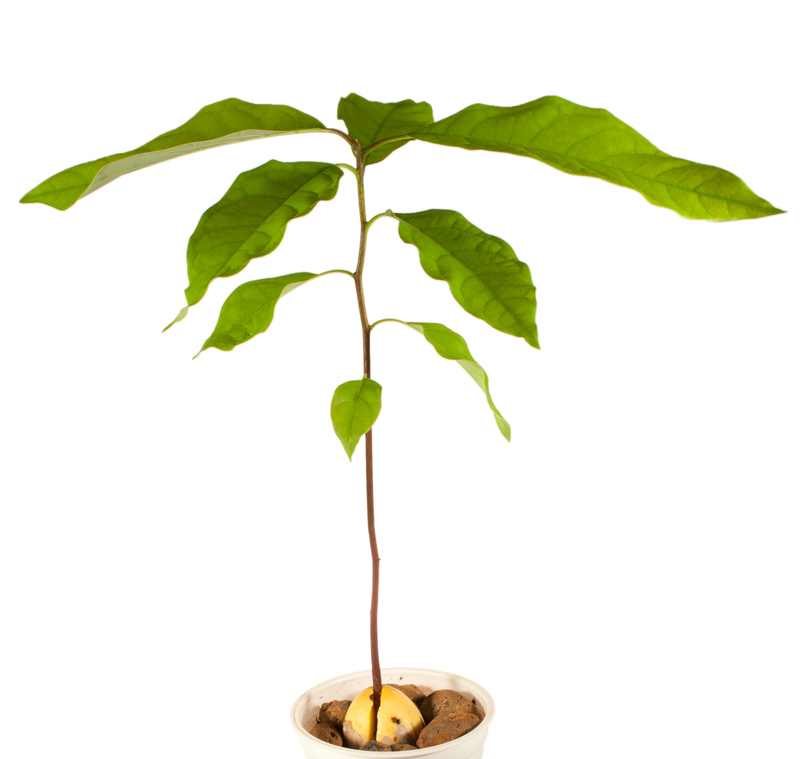Transform Your Lawn Into a Drought-Resistant Oasis This Summer
Is your grass struggling with the sweltering, dry months? This summer, you can turn your traditional lawn into a lush, drought-tolerant paradise that not only conserves water but also thrives despite the heat. Discover how to create a vibrant, eco-friendly yard that saves you time, money, and resources, while still being beautiful and welcoming.
Why Switch to a Drought-Resistant Lawn?
- Water Conservation: Traditional lawns are water guzzlers. A drought-resistant landscape can cut your water usage by up to 60%!
- Lower Maintenance: Less mowing, trimming, and fertilizing means more free time and fewer expenses.
- Environmental Impact: Reduce the use of chemical fertilizers and pesticides. Native and drought-resilient plants support local pollinators and wildlife.
- Year-Round Beauty: Drought-proof yards can stay green and colorful even during dry spells.
Understanding Drought-Resistant Landscaping
A drought-resistant lawn (also called xeriscaping or water-wise landscaping) is designed to minimize water usage without sacrificing curb appeal. These landscapes use drought-tolerant grasses, native plant species, mulches, and efficient irrigation techniques.

Steps to Create a Drought-Resistant Lawn Oasis
1. Assess Your Current Lawn
Start by evaluating the current state of your lawn. Identify areas of grass that underperform or require the most watering. Note shady versus sunny spots and check your soil type. This assessment will help you plan effectively and prioritize sections for transformation.
2. Remove Thirsty Grass and Weeds
Traditional turfgrass, like Kentucky bluegrass or fescue, is not ideal for drought conditions. To transition to a more sustainable yard, you'll need to gradually remove high-water-use grass and invasive weeds in targeted sections. You can do this by:
- Sod cutting or solarization (covering the area with clear plastic to kill grass via heat)
- Sheet mulching (layers of newspaper/cardboard, compost, and mulch)
- Chemical removers (as a last resort; always follow eco-friendly guidelines)
3. Enrich and Prepare Your Soil
Healthy soil is the backbone of any successful drought-tolerant lawn. Check the texture and drainage; sandy soils drain fast but hold less water, while clay can retain too much. Add organic matter or compost to improve soil structure, water retention, and provide essential nutrients to your new plants.
Selecting Drought-Resistant Lawn Alternatives
Best Grasses for a Drought-Resistant Yard
If you love the look and function of a grassy area, consider these drought-tolerant grass varieties:
- Bermuda Grass: Thrives in heat, requires little water once established.
- Zoysia Grass: Dense, soft, and highly drought-resistant.
- Buffalo Grass: Native to North America; uses less water than traditional lawns.
- Fescues (Fine and Tall): Grow well in partial shade and have low water needs.
Beyond Grass: Ground Covers and Native Plants
For a lawn replacement with minimal upkeep and maximum beauty, consider these drought-resistant alternatives:
- Clover: Soft, green, and fixes its own nitrogen, reducing fertilizer needs.
- Creeping Thyme: Fragrant, pollinator-friendly, and durable for foot traffic.
- Sedum: Succulent appearance, thriving in dry, poor soils.
- Yarrow, Blue Grama, and California Poppy: Beautiful native perennials ideal for low-water landscapes.
Incorporating Hardscaping Elements
In areas where grass struggles or maintenance is high, install attractive hardscaping features. Popular options include:
- Pebble pathways or gravel patios
- Outcroppings of boulders or decorative rocks
- Mulched sitting areas with benches or garden art
Smart Watering Strategies
Efficient Irrigation for Drought-Resistant Lawns
Adopting a water-wise irrigation system is key to maintaining your new landscaping. Follow these expert tips:
- Install a drip irrigation or soaker hose instead of overhead sprinklers. These deliver water directly to the roots for minimal evaporation.
- Irrigate early in the morning or late in the evening to maximize absorption and minimize loss to heat.
- Water less frequently, but deeply, to encourage deeper root growth and tougher plants.
- Use rain sensors or soil moisture controllers to avoid overwatering.
Mulching Matters
Mulch is a game-changer for a drought-resistant oasis. Organic materials like bark, wood chips, or decomposed leaves help:
- Retain soil moisture
- Stabilize soil temperatures
- Reduce the growth of weeds (which compete for water)
- Nourish soil as they break down
Designing a Beautiful, Functional Drought-Resistant Oasis
Use Zones to Maximize Impact
Divide your landscape into functional zones:
- Lawn Patches: Use drought-tolerant grass or ground covers in areas with the highest traffic.
- Accent Plantings: Showcase ornamental grasses, succulents, and native flowers for vibrant borders.
- Edible Gardens: Opt for herbs and vegetables that are resilient in dry conditions, such as sage, rosemary, thyme, or Swiss chard.
- Relaxation Areas: Design patios, decks, or shaded spots for leisure, using drought-friendly landscaping elements.
Layering for Texture and Color
A truly stunning drought-resilient landscape uses layering techniques to integrate:
- Low-growing ground covers (thyme, sedum)
- Clumping grasses (blue fescue, switchgrass)
- Medium shrubs (lavender, barberry, butterfly bush)
- Accent trees (redbud, olive, palo verde), chosen for local climate tolerance
Lawns for Every Region: Choose Local, Native and Adaptive Plants
The best drought-tolerant lawn options adapt to your specific climate and soil. Use these resources to select the right plants for your region:
- Contact your local cooperative extension or native plant society.
- Review recommended plant lists for your USDA hardiness zone.
- Visit local nurseries specializing in drought-tolerant or water-wise landscaping.
- Natural resistance to local pests and diseases.
- Less water, fertilizer, and intervention required.
- Support for pollinators, birds, and beneficial insects.
Sustainable Maintenance Tips for Your Drought-Resistant Oasis
Fertilizing and Pest Management
Drought-tolerant grasses and plants rarely need heavy fertilizing. If required, use slow-release, organic fertilizers. Monitor for pests, but avoid pesticides wherever possible. Encourage beneficial insects--like ladybugs and bees--that support a healthy garden ecosystem.
Regular Checks & Seasonal Adjustments
Walk your landscape regularly to:
- Inspect for leaks or blockages in your irrigation system
- Reapply mulch every season as it decomposes
- Remove weeds before they establish deeply
- Cut back overgrown plants after flowering for a tidy look
Eco-Conscious Lawn Care Choices
Embrace maintenance methods that are gentle on the environment:
- Mow high (3-4") to encourage deeper roots and more shade for soil.
- Let some clippings remain to provide natural mulch and nutrients.
- Use rainwater collection systems, such as barrels, to water plants for free.
Common Myths About Drought-Resistant Lawns--Busted!
- Myth: Drought-proof landscapes are always brown and boring.
Fact: With smart design, they offer diverse colors, textures, and blooms year-round. - Myth: Xeriscaping means giving up all grass.
Fact: There are multiple grass varieties that thrive in dry climates and stay green. - Myth: Low-water landscapes are expensive.
Fact: Initial investment is offset by years of lower water and maintenance bills.
Environmental and Personal Benefits
Transitioning to a drought-resistant lawn oasis offers both environmental and personal rewards:
- Save thousands of gallons of water each year
- Reduce carbon footprint through limited mowing and fertilizing
- Create sanctuary habitat for pollinators
- Enjoy peace of mind knowing your yard will survive--and look beautiful--even in drought years

Getting Started: Tips for a Smooth Transition
Start Small
Not ready to overhaul your entire yard overnight? Try transforming just a single section of your lawn this summer. Replace the hardest-to-maintain or driest patch, and expand year by year as you see the benefits.
Find Inspiration
Explore local gardens, online photo galleries, and community tours to see real-life drought-tolerant oases in action. Joining online forums or local garden clubs connects you with enthusiasts and experts for ongoing tips and encouragement.
Hire a Professional (If Needed)
A landscaping professional specializing in drought-resistant lawns can help you design, source plants, install irrigation, and maintain your yard's beauty. Many areas also offer rebates for removing turf and switching to xeriscaping.
Conclusion: Welcome to Your Drought-Resistant Lawn Oasis
In today's changing climate, creating a drought-tolerant, low-water yard is one of the smartest investments you can make. With a careful selection of resilient plants, strategic lawn alternatives, eco-conscious maintenance, and efficient water use, you'll enjoy a beautiful, sustainable outdoor space all summer--and for years to come.
Embrace the transformation and let your lawn thrive as a true drought-resistant oasis. This summer and beyond, your landscape will reward you with vibrant color, dramatic texture, and year-round enjoyment--all while conserving precious water and supporting local wildlife.